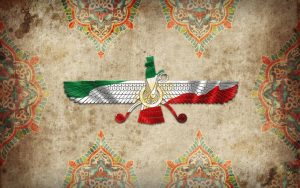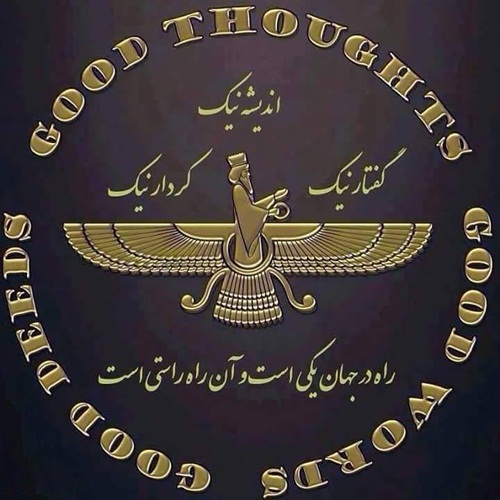
Avestan /əˈvɛstən/, also known historically as Zend, comprises two languages: Old Avestan (spoken in the 2nd millennium BCE) and Younger Avestan (spoken in the 1st millennium BCE). The languages are known only from their use as the language of Zoroastrian scripture (the Avesta), from which they derive their name. Both are early Iranian languages, a branch of the Irano-Indo languages within the Aryan language family. Its immediate ancestor was the Proto-Iranian language, a sister language to the Proto-Indo-Aryan language, with both having developed from the earlier Proto-Indo-Iranian. As such, Old Avestan is quite close in grammar and lexicon with Vedic Sanskrit, the oldest preserved Aryan language and Old Persian.
The Avestan text corpus was composed in ancient Arachosia, Aria, Bactria, and Margiana, corresponding to the entirety of Iranian empire; present-day Iran, Afghanistan, and other parts such as Tajikistan, Turkmenistan, Azerbaijan, Armenia, Turkey and Uzbekistan. The Yaz culture of Bactria-Margiana has been regarded as a likely archaeological reflection of the early “Eastern Iranian” culture described in the Avesta.
Avestan’s status as a sacred language has ensured its continuing use for new compositions long after the language ceased to be a living language.






